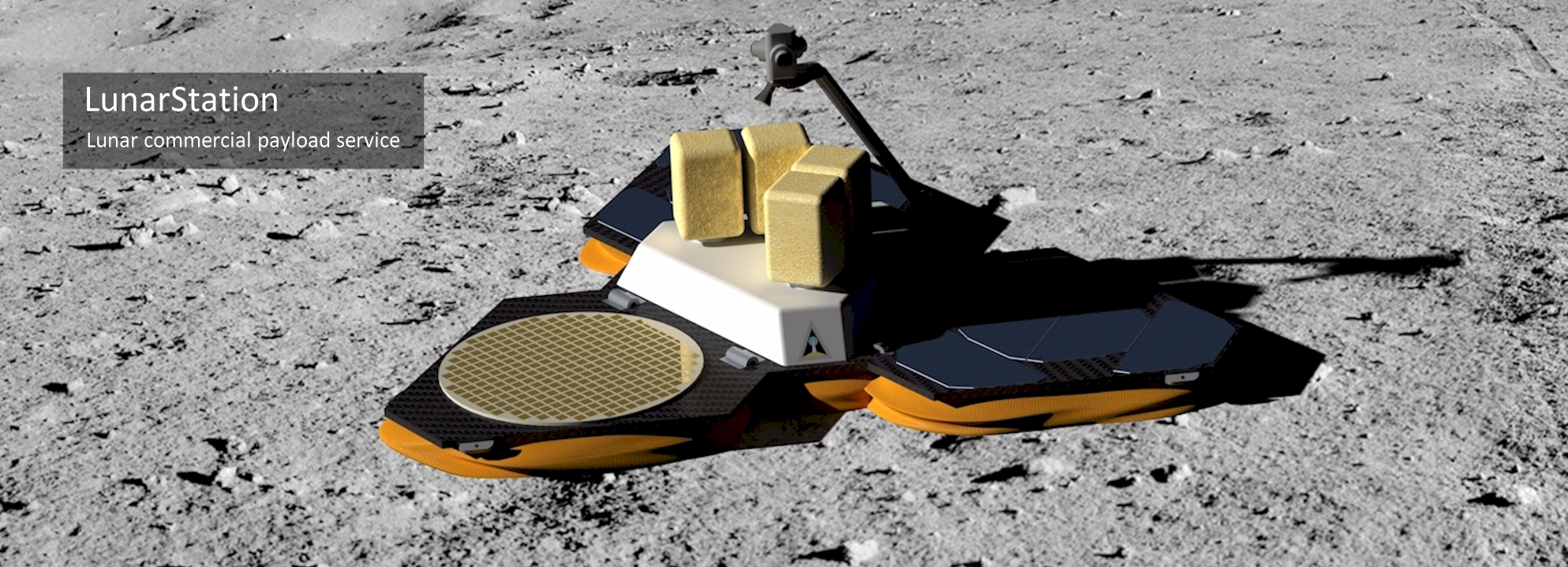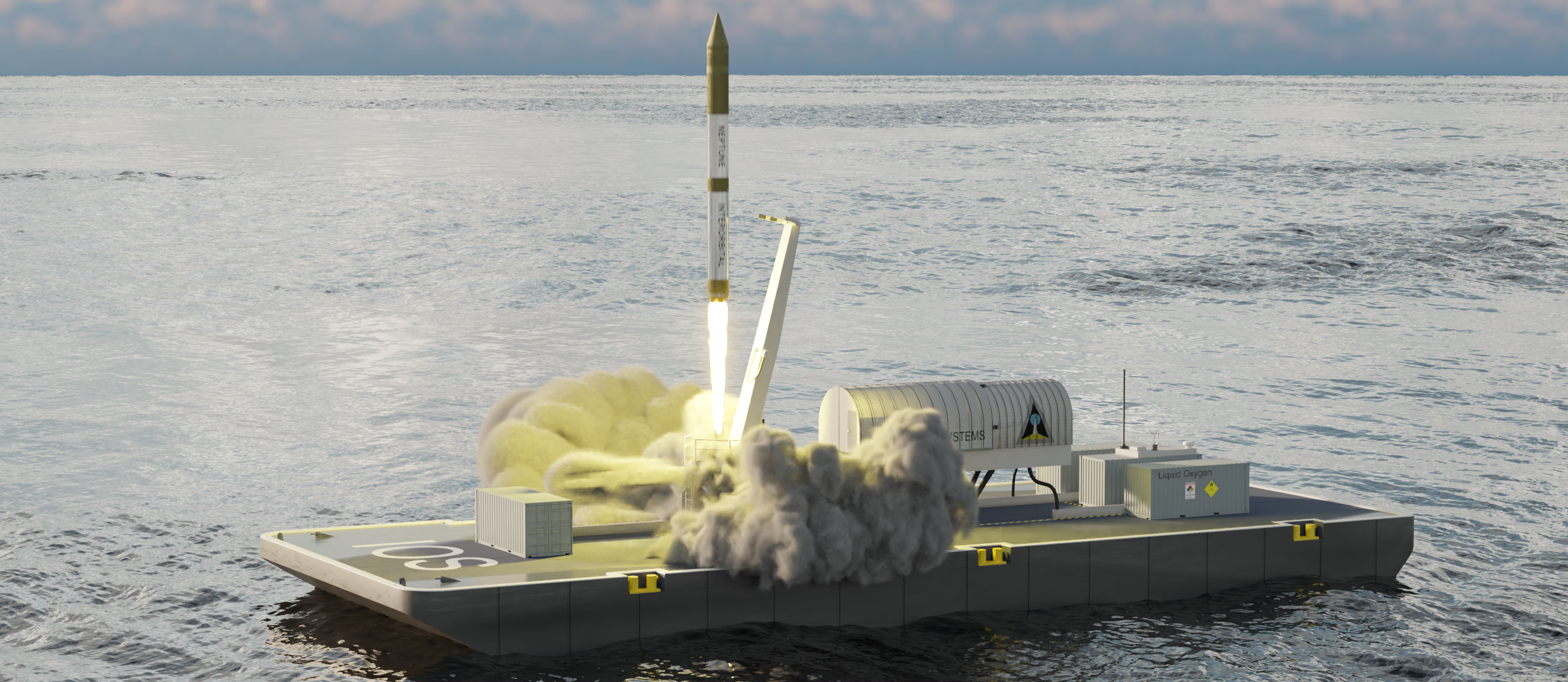
Interorbital Systems is completing the development of its LunarStation to provide low-cost commercial access to the Lunar surface. Up to four shared payloads or a single payload can be accommodated, with a maximum payload capacity is 44.1-lbs (20.0-kg) to the Lunar surface. The soft-landing system relies on airbags to cushion the impact. This method was successfully applied by the Russian Luna 9 lander (in 1966, Luna 9 was the first spacecraft to soft-land on the Moon) and the American Mars Pathfinder. The IOS soft-landing system uses a solid rocket motor to slow the LunarStation before it is jettisoned for an airbag-assisted landing on the Moon. It bounces to a stop on the Lunar surface with its airbag deceleration system, deflates its airbags, opens its petals, and activates its payload(s). On-board features include solar power, communications, and ports for one or more customer payloads (customers can share the on-board power and communication systems). Interorbital's LunarStation can carry payloads to the surface of the Moon for the lowest cost in the world.
Interorbital is working with Ed Belbruno, a world-renowned aerodynamicist and interplanetary trajectory designer, to develop the Lunar mission trajectory parameters. Belbruno, founder and CEO of Innovative Orbital Design, Inc., was recently awarded the prestigious Humboldt Prize honoring his life’s work (to date!) in Mathematics.
The price for a single 44.1-lbs (20.0-kg) commercial LunarStation payload is $6,000,000. Shared payload costs are calculated based on the number of payloads per mission. If you wish to purchase a payload space on LunarStation or if you have any questions, please call 661.965.0771 or send an email to ios@interorbital.com.

The LunarStation will be launched to the Moon by a modified version of Interorbital Systems' NEPTUNE Two-Stage launch vehicle. This is the same as our two-stage NEPTUNE orbital launch vehicle modified for Lunar flight. Stacked on the second stage of the NEPTUNE Lunar rocket is the LunarStation payload. Restarting the second stage on the way to the Moon will provide the final velocity kick required to reach the Moon. Stage 2 will have the capability to make a small mid-course corrections with its cold-gas steering thrusters. Stage 2 includes the following hardware: a liquid-propulsion system; a cold-gas ACS system that uses residual propulsion system pressurant gas; a guidance system; a stellar gyroscope (similar to a star tracker) for guiding the spacecraft; a transceiver; a set of antennae; a digital still camera; batteries; solar panels; and a power-management system.
The NEPTUNE will be launched from the Pacific Ocean. The launch position is approximately 32.3° Latitude and 120° W Longitude. The launch trajectory will be directly south (as in a polar orbit). The probe will be launched into a direct ascent elliptical orbit that will result in the landing of the LunarStation on the northern hemisphere of the Moon.
